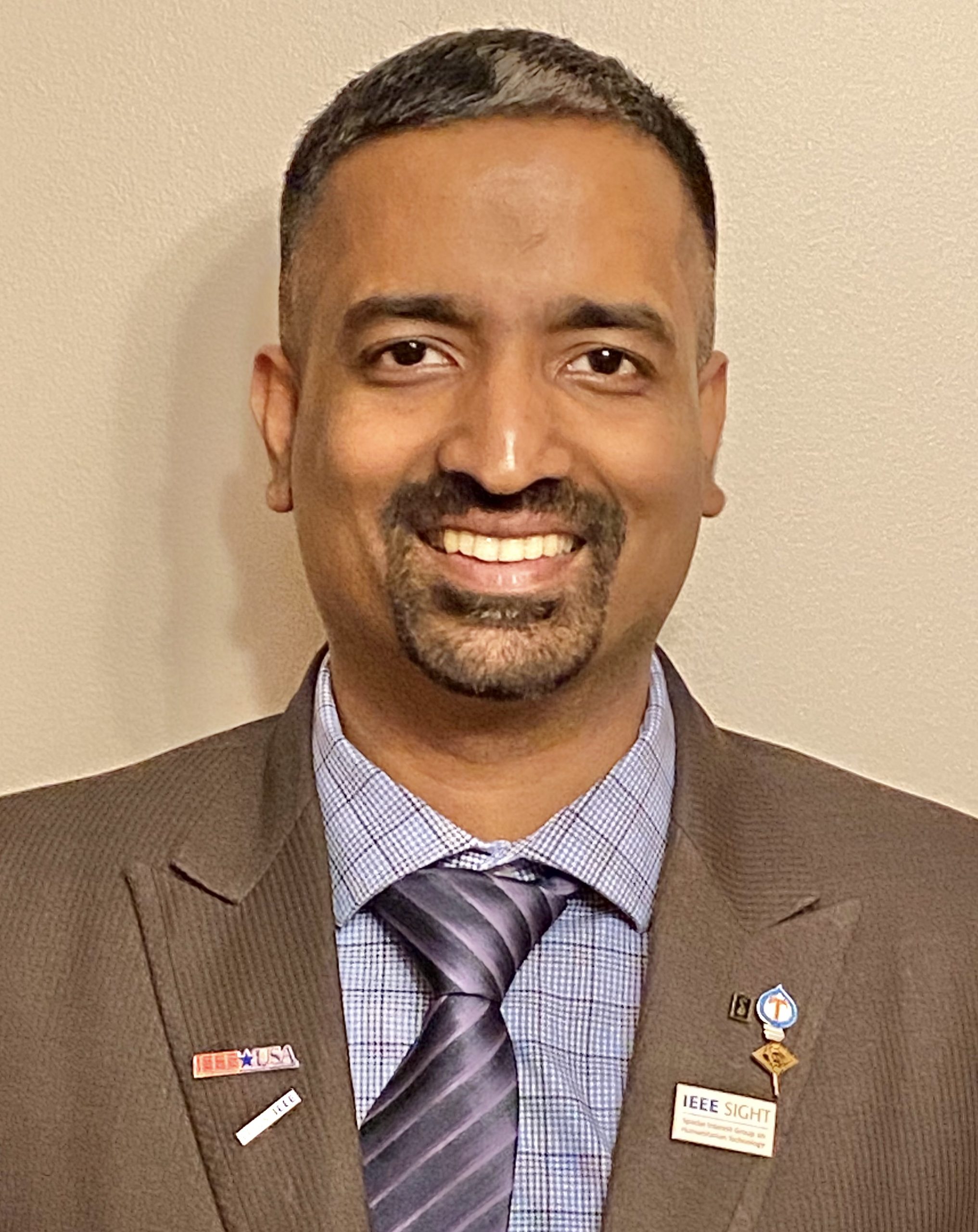
Humanitarian engineering programs bring together engineers, policy makers, non-profit organisations, and local communities to leverage technology for the greater good of humanity.
The intersection of technology, community, and sustainability offers a plethora of opportunities to innovate. We still live in an era where millions of people are under extreme poverty, lacking access to clean water, basic sanitation, electricity, internet, quality education, and healthcare.
Clearly, we need global solutions to tackle the grandest challenges facing our planet. So how can artificial intelligence (AI) assist in addressing key humanitarian and sustainable development challenges?
To begin with, the United Nations Sustainable Development Goals (SDGs) represent a collection of 17 global goals that aim to address pressing global challenges, achieve inclusive development, and foster peace and prosperity in a sustainable manner by 2030. AI enables the building of smart systems that imitate human intelligence to solve real-world problems.
Recent advancements in AI have radically changed the way we think, live, and collaborate. Our daily lives are centred around AI-powered solutions with smart speakers playing wakeup alarms, smart watches tracking steps in our morning walk, smart refrigerators recommending breakfast recipes, smart TVs providing personalised content recommendations, and navigation mobile apps recommending the best route based on real-time traffic. Clearly, the age of AI is here. How can we leverage this transformative technology to amplify the impact for social good?
Accelerating AI-powered social innovations
AI core capabilities like machine learning (ML), computer vision, natural language understanding, and speech recognition offer new approaches to address humanitarian challenges and amplify the positive impact on underserved communities. ML enables machines to process massive amounts of data, interconnect underlying patterns, and derive meaningful insights for decision making. ML techniques like deep learning offer the powerful capability to create sophisticated AI models based on artificial neural networks.
Such models can be used for numerous real-world situations, like pandemic forecasting. AI tools can model and predict the spread of outbreaks like Covid-19 in low-resource settings using recent outbreak trends, treatment data, and travel history. This will help governmental and healthcare agencies to identify high-risk areas, manage demand and supply of essential medical supplies, and formulate localised remedial measures to control an outbreak.
Computer vision techniques process visual information in digital images and videos to generate valuable inference. Trained AI models assist medical practitioners to examine clinical images and identify hidden patterns of malignant tumors supporting expediated decision-making and a treatment plan for patients. Most recently, smart speakers have extended their conversational AI capabilities for healthcare use cases like chronic illness management, prescription ordering, and urgent-care appointments.
This advancement opens up the possibility to drive healthcare innovations that will break down access barriers and deliver quality healthcare to a marginalised population. Similarly, global educational programs aimed to connect the digitally unconnected can leverage satellite images and ML algorithms to map school locations. AI-powered learning products are increasingly launched to provide personalised experiences to train young children in math and science.
The convergence of AI with the Internet of Things (IoT) facilitates rapid development of meaningful solutions for agriculture to monitor soil health, assess crop damage, and optimise use of pesticides. This empowers local farmers to model different scenarios and choose the right crop that is likely to maximise the quality and yield, and it contributes toward zero hunger and economic empowerment SDGs.
Decoding best program practices
To deliver high social impact, AI-driven humanitarian programs should follow a “bottom-up” approach. One should always work backwards from needs of the end-user, drive clarity on the targeted community/user, their major pain points, the opportunity to innovate, and expected user experience.
Most importantly, always check whether AI is relevant to the problem at hand or investigate if a meaningful alternative approach exists. Understand how an AI-powered solution will deliver value to various stakeholders involved and positively contribute toward achieving SDG for local communities. Define a suite of metrics to measure various dimensions of program success. Data acquisition is central to building robust AI models that require access to meaningful and quality data.
Delivering effective AI solutions to the humanitarian landscape requires a clear understanding of the data required and relevant sources to acquire them. For instance, satellite images, electronic health records, census data, educational records, and public datasets are used to solve problems in education, healthcare, and climate change. Partnership with key field players is important for addressing data gaps for domains with sparsely available data.
Responsible use of AI in humanitarian programs can be achieved by enforcing standards and best practices to implement fairness, inclusiveness, security, and privacy controls. Always check models and datasets for bias and negative experiences. Techniques like data visualisation and clustering can evaluate a dataset’s distribution for fair representation of various stakeholders’ dimensions. Routine updates to training and testing datasets is essential to fairly account for diversity in users’ growing needs and usage patterns. Safeguard sensitive user information by implementing privacy controls like encrypting user data at rest and in transit, limit access to user data and critical production systems based on least-privilege access control, and enforce data retention and deletion policy on user datasets. Implement a robust threat model to handle possible system attacks and routine checks on infrastructure security vulnerabilities.
To conclude, AI-powered humanitarian programs offer a transformative opportunity to advance social innovations and build a better tomorrow for the benefit of humanity.
Photo by Elena Mozhvilo on Unsplash

Interested in hearing industry leaders discuss subjects like this? Attend the co-located 5G Expo, IoT Tech Expo, Blockchain Expo, AI & Big Data Expo, and Cyber Security & Cloud Expo World Series with upcoming events in Silicon Valley, London, and Amsterdam.

